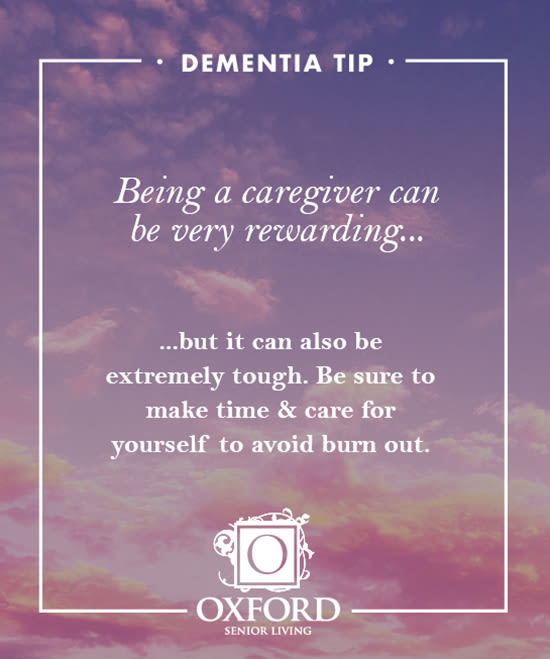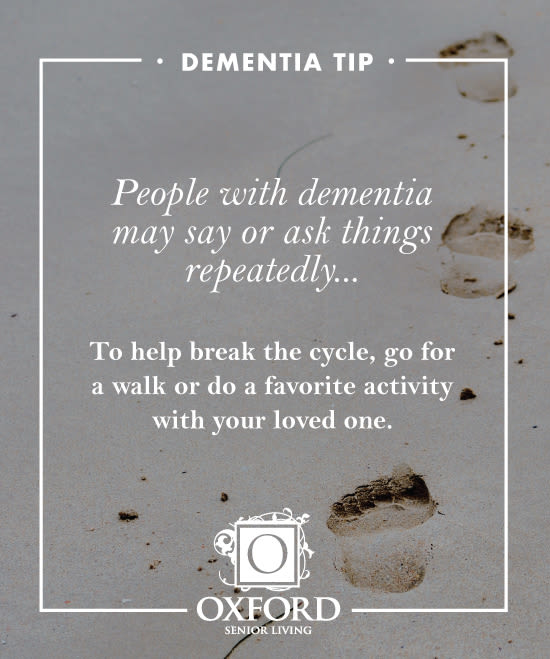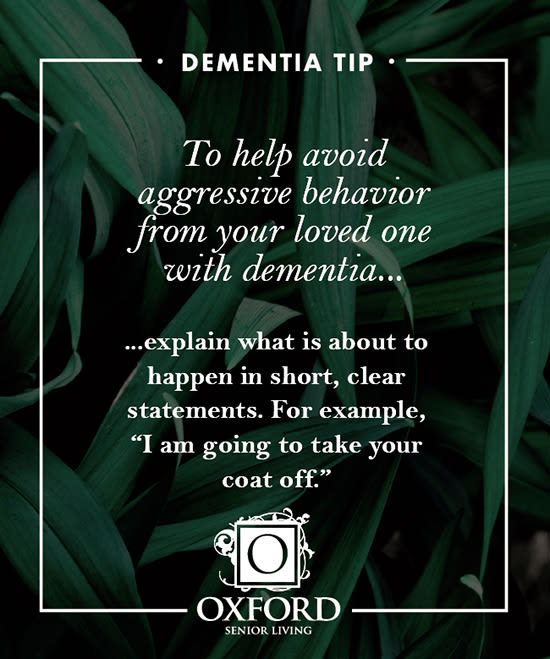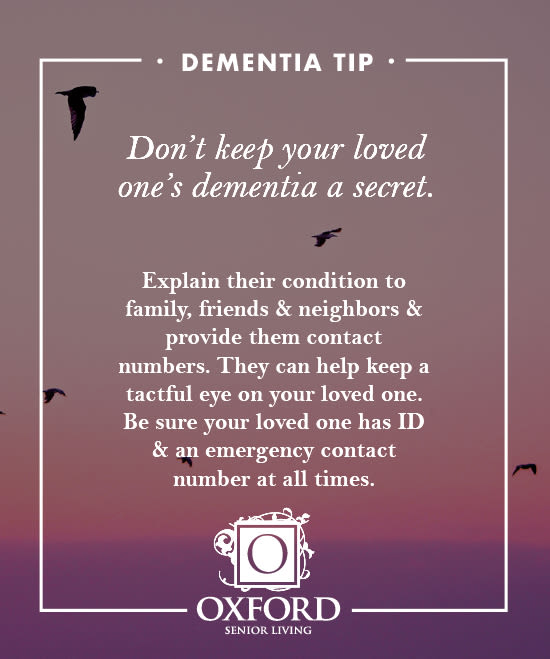Your home is your castle, and you want to live there as long as you can. But as we age, living at home can be increasingly difficult. Aside from routine home maintenance, seniors may need to make simple adjustments to their homes and their lifestyles in order to stay independent for as long as physically possible.
According to the National Council on Aging, falls are the leading cause of injuries for older Americans with a senior citizen being treated in an emergency room every 11 seconds. Those falls can threaten seniors’ safety and independence because they can lead to hospitalizations and greatly impact their quality of life.
If you or someone you love is enjoying retirement from the comfort of their own home, now is the perfect time to review some basic home safety tips to ensure they can safely enjoy that home for as long as possible. Take a walk through Mom or Dad’s house and look closely for these simple ways you can help prevent injuries.
Outside the home:
- Are railings present and secure wherever there are stairs? You may need to add railings or tighten a few screws.
- Are walking paths clear and smooth with no trip hazards, no holes in concrete or branches in the way? This may be an opportunity to prune hedges or grass away from walkways. Have a plan in place to routinely clear leaves and snow from outside pathways.
- What is the easiest way to check the mail or collect the newspaper? Watch for potential trip hazards and make a plan for days when bad weather might make it difficult to retrieve the mail.
- Is there adequate lighting outside? Solar lights may be an easy, cost-effective way improve visibility along pathways. Do any exterior light bulbs need to be replaced? Motion detected lights may be good for visibility as well as security.
Throughout the home:
- Check carpets for holes, snags and any edges that may not be secured.
- Are floors slippery or highly polished?
- Check the setting on the water heater to prevent scalding.
- Are room temperatures too hot or too cold inside the home? Avoid using electric space heaters.
- Are the rooms free of clutter with furniture positioned to allow easy access to doors and windows? Reducing clutter and rearranging furniture can prevent a fall.
- Do drawers, doors and windows open and shut with ease?
- Check that all window and door locks are secure and operate properly. It’s always a good idea to keep doors and windows locked, since many home break-ins occur during daylight hours.
- Check stairwells carefully for: a clear path, sturdy handrails and good lighting. Are the steps even and uniform in size and height? There may be ways to improve the stairwell area to reduce the threat of a fall, but there also may be ways to avoid use of stairs. Look for opportunities to avoid the need to carry items up and down stairs. Is the laundry room on the same level as the bedroom? In some cases, a stackable washer and dryer can be installed in a closet or bedroom to shorten the distance laundry would need to be carried.
- If a fireplace is present, check that the chimney is clear of accumulation, and schedule annual maintenance.
- Ensure all smoke detectors are working properly and set a schedule to replace batteries. Install and check carbon monoxide detectors.
- Set a reminder to help change clock settings for seniors during daylight savings time changes.
In the kitchen:
- Check the height where dishes and food are stored. Do any items need to be moved to lower shelves? If a step-stool is needed to reach anything in the kitchen, it is probably time to move the items and remove the need for the step-stool.
- Look for expiration dates on food in the pantry and refrigerator.
- Keep an emergency supply of one week’s worth of food available in the kitchen at all times.
- Review the area around the stove thoroughly. Are pot holders easily accessible? Does the tea kettle have a whistle that sounds when water is boiling? Are all curtains and towels stored away from the surface of the stove?
- Are all pet dishes tucked out of the walking path?
- Ensure a fire extinguisher is easily accessible.
In the bedroom:
- Is there a lamp or light switch within reach of the bed? Check that the room is lit brightly enough when all lights are on. Do you need to add lamps or increase the wattage of light bulbs?
- Throw rugs and electrical cords can be a trip hazard. Ensure all cords are neatly tucked away and try to keep walking surfaces as smooth as possible.
- Is the room cluttered with clothing, magazines or other items? Look for ways to declutter, keeping the most-used items easily within reach while also keeping walkways clear.
- Is there too much furniture for the space? Remove any unnecessary furniture from the bedroom and keep pathways clear.
- Is there a phone close to the bed with emergency phone numbers easily accessed. If the phone is a smartphone, does the senior know how to access emergency numbers and keep the phone charged?
In the bathroom:
- Are non-skid decals inside the bathtub or shower? These can be purchased from any hardware store and easily installed.
- Check that any bathrugs are secure and do not skid when stepped on.
- Are handrails present and secure near the bath and toilet? These can be added to most bathrooms. Does the senior need the added stability of a shower chair?
Most importantly, visit the seniors in your life often. With each visit, you may need to install a light bulb, hang a picture or help carry items up and down stairs. Keep track of when those to-do lists grow and reevaluate the safety tips on this list at least every 2-3 months. The safety of the home will change with seasons, and it will evolve as the needs of your loved ones change.
As important as it is to keep the home safe, independence can be lonely, and depression can set in. The need for social interaction grows even more important as transportation or mobility decreases.
A move out of your home can actually help increase independence if transitioning to a senior living or retirement community. Many of these communities will ensure the safe environment and perform routine maintenance, but they also provide an instant family of neighbors just outside your door.
Whether considering senior-focused apartments or an assisted living environment, your loved one would have the freedom to come and go as they please without the isolationism of being home alone. They gain daily chats with neighbors, outings, and educational programming. And you gain peace of mind that Mom and Dad are happy and safe.










 Email
Email Follow The Adventures
Follow The Adventures Google
Google Linkedin
Linkedin